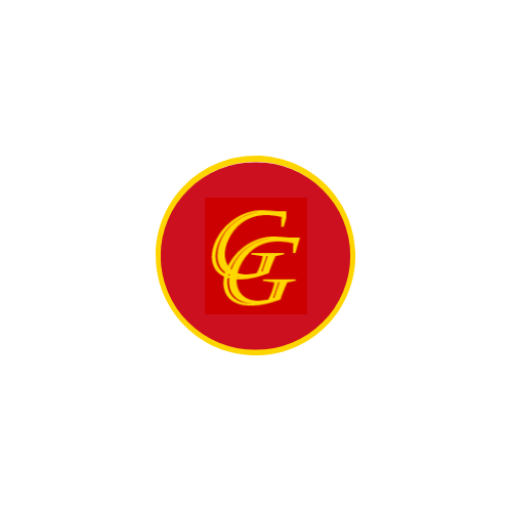
Good morning Leathernecks, and on this the 21st day of August in the history of our beloved Corps:
In 1814, Marines defended Washington, D.C. at Bladensburg, Maryland, against the British.
In 1917, the newly organized 7th Regiment departs Philadelphia for Cuba to guard U.S. sugar interests.
In 1934, the last elements of the 1st Marine Brigade withdraw from Haiti, ending the 20-year U.S. intervention in that country.
The 1st Marine Brigade and most of its supporting elements (including the 2nd Regiment) are deactivated.
VO-9M (formerly Squadron E) transfers to the Virgin Islands.
In 1942, the roughly 900 Japanese soldiers of the Ichiki Force attack the 1stMarines along what was thought to be the Tenaru River (actually the Ilu River).
After repulsing the assault, Marines cross the river and envelop the remaining enemy, almost completely wiping out the attackers.
Captain John L. Smith of VMF-223 scores the first aerial kill for a Guadalcanal-based fighter, shooting down a Japanese Zero.
In 1943, the 2nd Barrage Balloon Squadron is disestablished and its personnel join the 2nd Defense Battalion on Samoa.
In 1944, Marine Second Lieutenant Walter W. Taylor, working with an OSS team in front of Allied lines in southern France, is captured by German forces.
The 1st Provisional Marine Brigade begins embarking on ships for transport to Guadalcanal.
VMF-921 and 922 are formed at Cherry Point.
In 1946, General Geiger, chief Marine observer at the Bikini atomic tests, reports that nuclear weapons will make it impossible to conduct future amphibious assaults with the tactics of World War II, which relied upon concentrated naval and ground forces to obtain superiority at the landing point.
He recommends an urgent effort to develop new amphibious techniques.
In 1968, PFC (Private First Class) James Anderson, Jr., was posthumously awarded the Medal of Honor by Secretary of the Navy, Paul R. Ignatius, for heroism in Vietnam while serving as a rifleman with Company F, 2nd Battalion, 3rd Marines in February 1967.
This was the first Medal of Honor presented to an African-American Marine.
His parents, Mr. and Mrs. James Anderson, Sr., received the award during ceremonies at Marine Barracks, 8th and I.
In 1974, During the period 21 through 28 August the 31st MAU helicopters assist in a flood relief effort in the Philippines.
In 1978, more than 2,000 reserve Marines participate in the first Combined Arms Exercise (CAX) at 29 Palms.
The CAX will become a staple of Marine training for the next few decades, with units rotating through the base for the challenging air-ground live-fire operation.

Saepius Exertus, Semper Fidelis, Frater Infinitas!
Often Tested, Always Faithful, Brothers Forever!
-Richard W. Pettengill, Corporal USMC
And damn proud of it!
